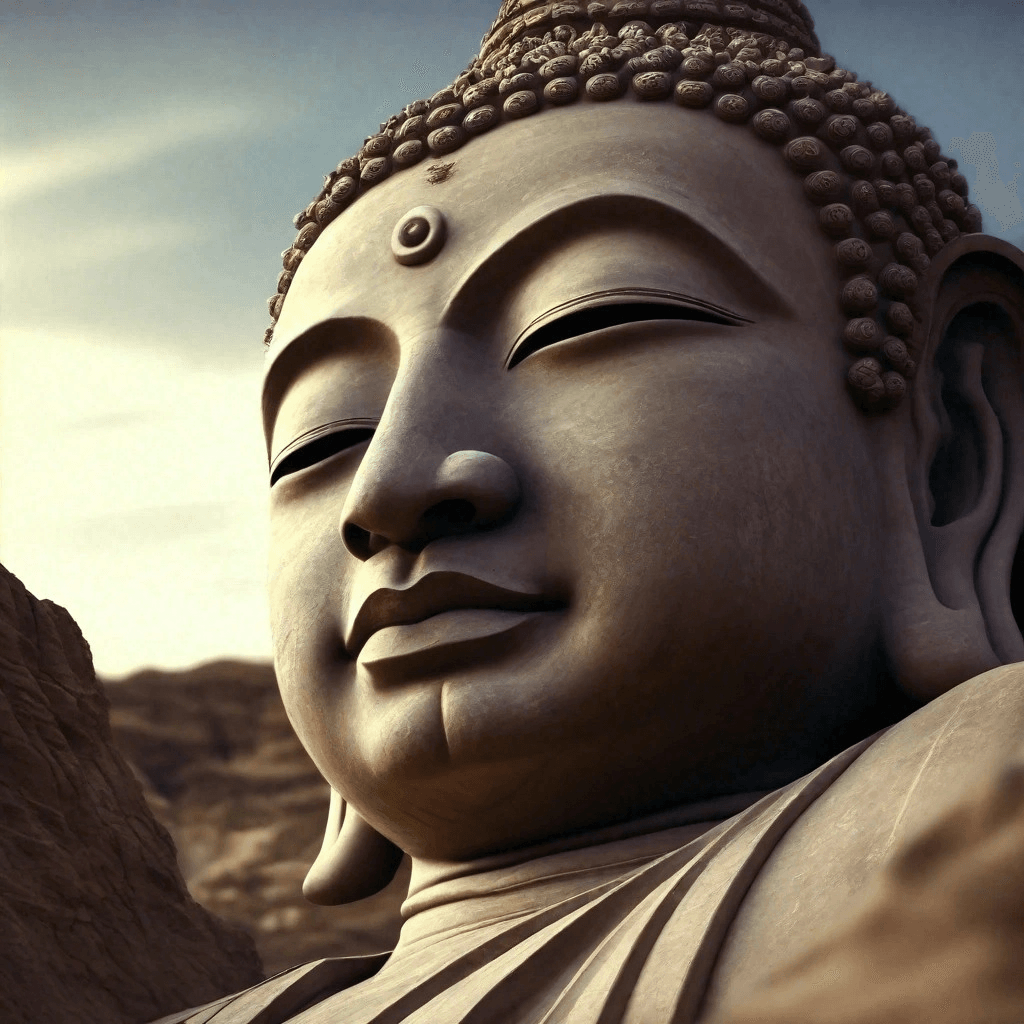
21.The Role of Breath in Meditation
The Role of Breath in Meditation
Breath plays a central role in meditation practices across various traditions and disciplines. It serves as both an anchor for the mind and a bridge to deeper states of consciousness. Here, we explore the multifaceted role of breath in meditation, its physiological and psychological benefits, and practical ways to incorporate breath-focused techniques into your practice.
1. Anchoring the Mind
Focus and Presence:
Breath is a constant and rhythmic phenomenon, making it an ideal focal point in meditation. Concentrating on the breath helps anchor the mind, bringing it back to the present moment whenever it starts to wander.
Simple Technique:
Begin by sitting comfortably, close your eyes, and take a few deep breaths. Focus on the sensation of air entering and leaving your nostrils. Whenever your mind drifts, gently guide your attention back to your breath.
2. Regulating the Nervous System
Calming Effect:
Slow, deep breathing activates the parasympathetic nervous system, which helps reduce stress and induce a state of relaxation. This is particularly beneficial for people dealing with anxiety or high stress.
Simple Technique:
Practice diaphragmatic breathing by inhaling deeply through your nose, allowing your abdomen to expand, and exhaling slowly through your mouth. Aim for a slow, steady rhythm.
3. Enhancing Concentration
Focused Attention:
Breath meditation, such as Anapanasati (mindfulness of breath) in Buddhism, enhances concentration and mindfulness by training the mind to maintain a singular focus.
Simple Technique:
Count each breath to enhance concentration. Inhale and silently count “one,” exhale and count “two,” and continue up to ten before starting over.
4. Balancing Energy
Pranayama:
In yogic traditions, breath control, or pranayama, is used to balance the body’s energy (prana). Different breathing techniques can energize, balance, or calm the body and mind.
Simple Technique:
Try Nadi Shodhana (alternate nostril breathing). Close your right nostril with your thumb, inhale through your left nostril, close your left nostril with your ring finger, and exhale through your right nostril. Repeat, alternating sides.
5. Deepening Meditation
Facilitating Deeper States:
Breath-focused meditation can lead to deeper states of awareness and relaxation. Techniques like deep breathing and extended exhalation help facilitate these states.
Simple Technique:
Practice box breathing (4-4-4-4 technique). Inhale for four counts, hold the breath for four counts, exhale for four counts, and hold the exhale for four counts before repeating.
6. Bridging Mind and Body
Mind-Body Connection:
The breath is a bridge between the mind and body. Paying attention to the breath enhances body awareness and helps integrate physical sensations into the meditation practice.
Simple Technique:
Perform a body scan with breath awareness. As you inhale, bring awareness to different parts of your body, and as you exhale, release tension from those areas.
Physiological and Psychological Benefits
1. Reduces Stress and Anxiety:
– Deep breathing lowers cortisol levels and reduces overall stress.
2. Improves Focus and Cognitive Function:
– Concentrating on the breath improves attention span and cognitive clarity.
3. Enhances Emotional Regulation:
– Controlled breathing helps manage emotions by calming the nervous system.
4. Boosts Physical Health:
– Regular practice of breath-focused meditation can improve cardiovascular health and reduce symptoms of chronic illnesses.
Practical Tips for Breath Meditation
1. Consistency:
– Practice daily, even if only for a few minutes, to build a habit and experience cumulative benefits.
2. Comfort:
– Find a comfortable sitting or lying position to ensure you can focus on your breath without physical discomfort.
3. Environment:
– Choose a quiet, calming environment to minimize distractions and enhance your focus.
4. Patience:
– Be patient with yourself. The mind will wander; gently bring it back to the breath without judgment.
Conclusion
Breath is a powerful tool in meditation, providing a focal point for the mind, regulating the nervous system, and deepening the meditative experience. By incorporating breath-focused techniques into your practice, you can enhance your mental, emotional, and physical well-being, leading to a more balanced and mindful life.



